1900s
Rescued by Rover
The first film to star a dog.
And the first to pay its actors!
Posted By: Paul - Tue Sep 01, 2020 -
Comments (0)
Category: Movies, World Records, Dogs, 1900s
Mystery Gadget 87
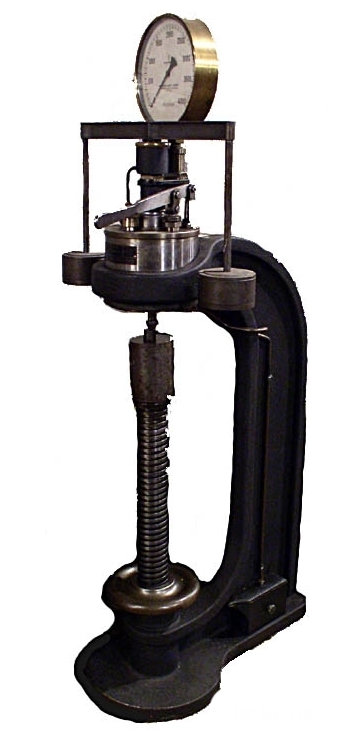
This device measures something. What?
The answer is here.
Or after the jump.
More in extended >>
Posted By: Paul - Wed Aug 19, 2020 -
Comments (3)
Category: Technology, 1900s
S. P. Dinsmoor’s Garden of Eden
The oldest surviving outsider art installation in the USA.Home page.
Creator's Wikipedia entry.
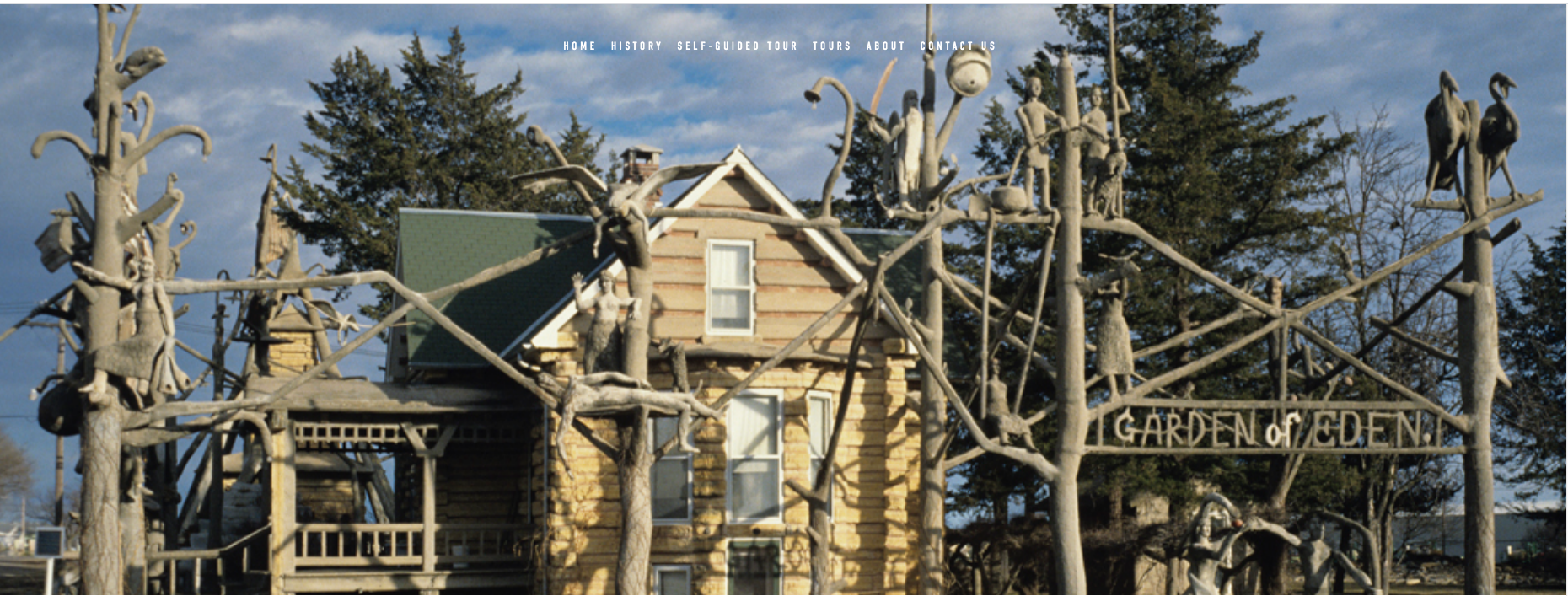
Posted By: Paul - Sun Aug 16, 2020 -
Comments (3)
Category: Art, Outsider Art, Statues and Monuments, Regionalism, 1900s
The 1902 penny craze
Sometime in late 1902, a rumor began to circulate that a worker at the mint, while making the 1902 pennies, had accidentally dropped a bar of gold into the copper. As a result, the 1902 pennies were worth more than a penny. The treasury would supposedly pay up to 18 cents for each penny. So people began frantically hoarding and stockpiling the 1902 pennies.Despite frequent denials by the treasury, the rumor persisted as late as the 1960s.
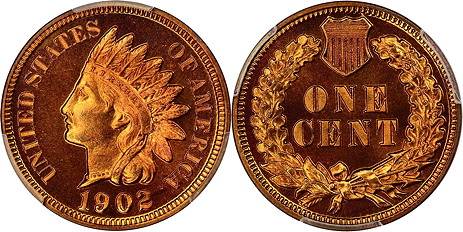
There are different theories about how the rumor began. The article below attributed it to a Brooklyn school superintendent. Another theory, offered over at coinbooks.org, said that it started as a joke told by a fish dealer named Alvah W. Haff:
On January 29, 1903, Mr. Haff bought 3,000 copper pennies from the bank. Someone who witnessed the transaction commented on the strange occurrence, and Mr. Haff jokingly explained that he was going to take the coins and get the gold out of them.
The story spread like wild fire and people began hoarding 1902 pennies.
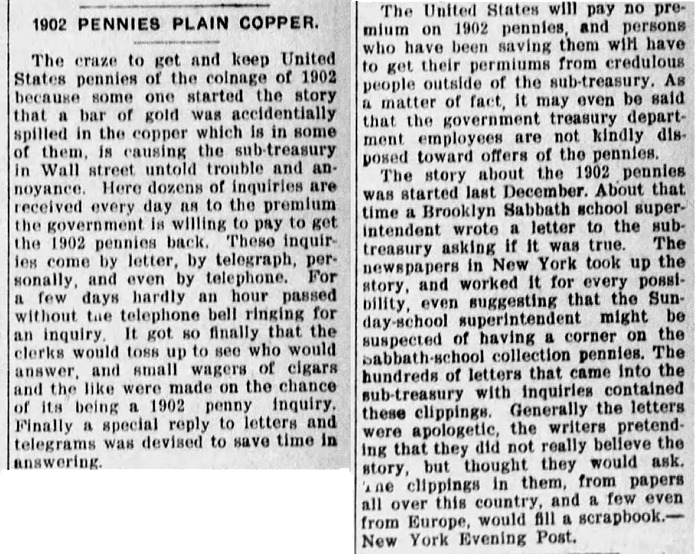
The Formoso New Era - Dec 11, 1903
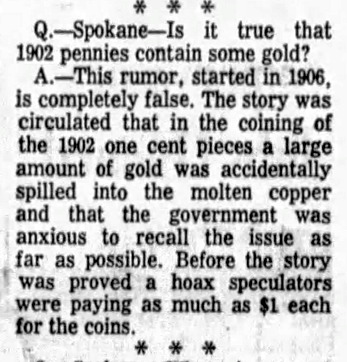
The Spokane Spokesman-Review - July 12, 1961
Posted By: Alex - Fri Jul 10, 2020 -
Comments (1)
Category: Confusion, Misunderstanding, and Incomprehension, Money, 1900s
Danderine Grows Hair
As far as I know, Jeanette Wallace's only claim to fame was appearing in an ad for Danderine Hair-Growing Remedy. The ad ran in numerous magazines and newspapers between 1906 and 1908.She claimed that Danderine made her hair "fairly crawl out of my scalp"... which sounds like it could be the premise for a horror story.

Incidentally, according to Google maps, her address in New York is now occupied by a noodle shop.
Posted By: Alex - Wed Jul 08, 2020 -
Comments (8)
Category: Patent Medicines, Nostrums and Snake Oil, 1900s, Hair and Hairstyling
Baked by Electricity
The electricity adds that extra flavor!
Munsey's Magazine - vol 29, 1903
Posted By: Alex - Wed May 13, 2020 -
Comments (3)
Category: Food, Technology, Advertising, 1900s
Theater in a Whale
An idea proposed, but never realized, for the Pan-American Exposition held in Buffalo in 1901.
Some info from the Butte Miner - June 26, 1899:
[An] idea, which was born in the brain of a man of biblical mould, is that of the "Jonah" theatre, and the submitted plan calls for the construction of a mammoth whale: a whale of iron and steel, which is to lie anchored in shallow water near the banks of the exposition. Dainty ferry boats are to play between the shore and the mouth of the simile of the floating Standard Oil company of former days, and those cheerful ones who live to enjoy themselves in strange ways are to be ferried from the shore to the tongue of the floater. There a smooth young man will have his hands crossed with silver and after this transaction the passengers will be at liberty to walk down the whale's tongue to the room where for three days and three nights Jonah sat and mourned the day that he became a Populist.
In that section all will be light and cool and cheerful, and on a stage vaudevillians will kick and sing and cavort and musicians will add to the gaiety of the scene and will make many believe that the ancient stories of Jonah's troubles were much overrated.
Posted By: Alex - Sat May 09, 2020 -
Comments (2)
Category: Fairs, Amusement Parks, and Resorts, Theater and Stage, 1900s
Howard Obesity Ointment
I can't find any description of what was in this ointment, but it sounds like something out of a horror story.

Munsey's Magazine - vol 29, 1903
Posted By: Alex - Tue May 05, 2020 -
Comments (4)
Category: Health, Advertising, 1900s, Dieting and Weight Loss
Matrimonial Delusions
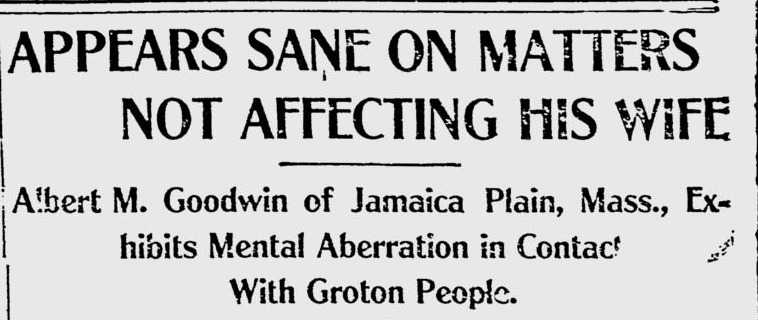
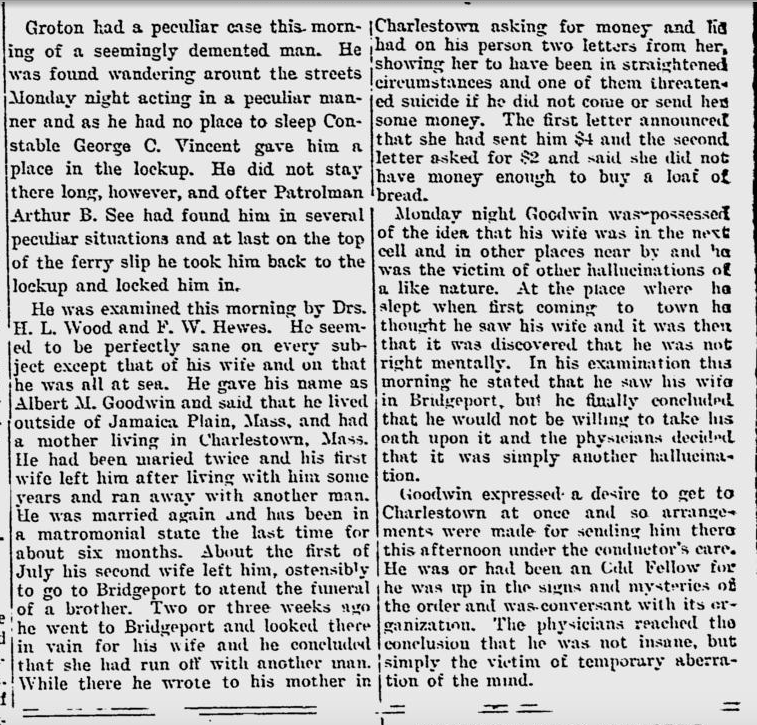
Source.
Posted By: Paul - Mon Apr 27, 2020 -
Comments (2)
Category: Bad Habits, Neuroses and Psychoses, Money, Husbands, Wives, 1900s
The collar saw of Carl Kusch
Carl Kusch of Germany invented a way that a person would never be without a saw when they needed one, because the saw could be worn around their neck at all times. From his 1909 patent:The invention consists in a flexible saw frame convertible at any time by suitable means into a rigid frame and which is so constructed that the saw blade can be put into the frame in the known manner, when the saw is used as a tool, or be fixed to the flat side of the frame when the frame is used as a guard. In the latter case the frame of the saw protects the dress or the body from contact with the saw blade.

Kusch evidently had high hopes for his invention, because he obtained patents for it in the United States, Great Britain, France, Switzerland, Austria, and Germany. Although in his patent he never explained who he thought was going to buy the thing. The military, I'm guessing, because it seems designed to be part of a German soldier's uniform. Although as far as I know, no army ever outfitted its soldiers with this thing.
Posted By: Alex - Sun Mar 22, 2020 -
Comments (7)
Category: Fashion, Inventions, Patents, Military, 1900s

| Who We Are |
|---|
| Alex Boese Alex is the creator and curator of the Museum of Hoaxes. He's also the author of various weird, non-fiction, science-themed books such as Elephants on Acid and Psychedelic Apes. Paul Di Filippo Paul has been paid to put weird ideas into fictional form for over thirty years, in his career as a noted science fiction writer. He has recently begun blogging on many curious topics with three fellow writers at The Inferior 4+1. Contact Us |




